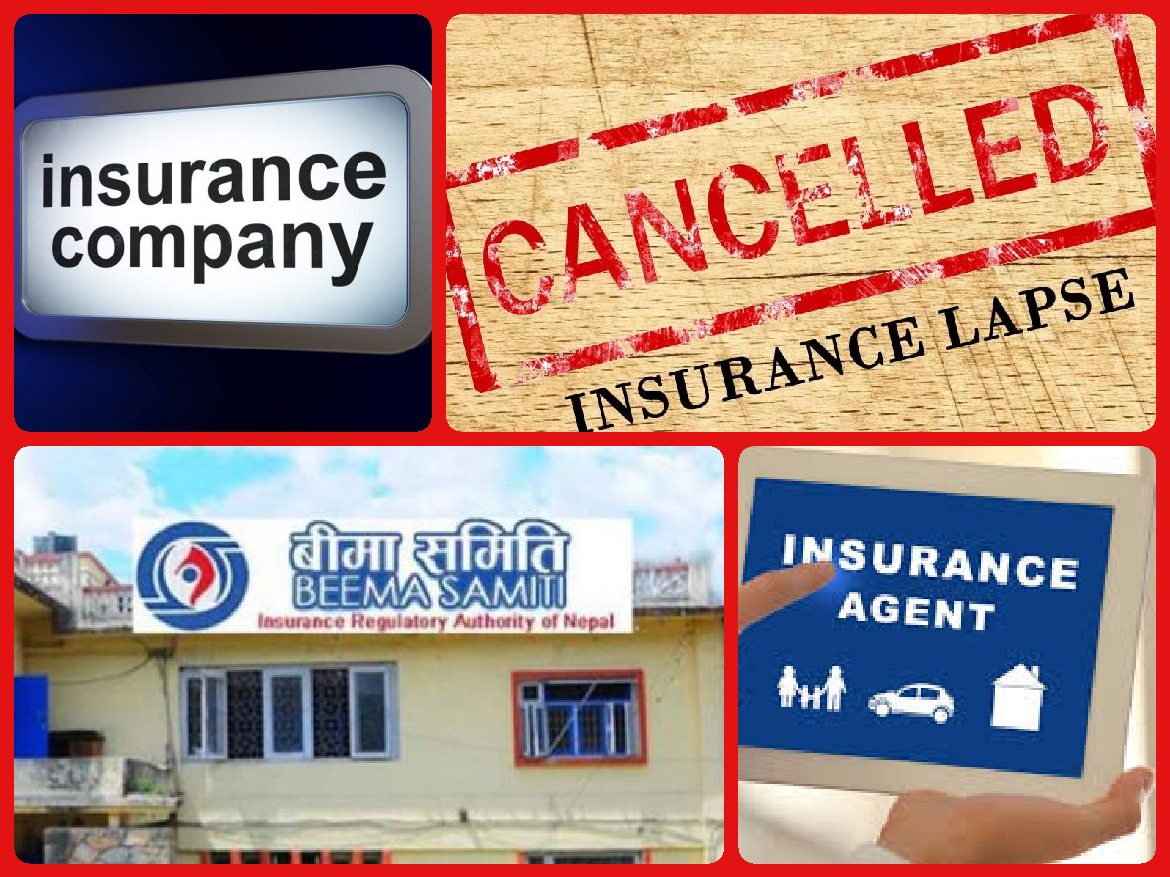Kathmandu: The average policy lapsation ratio of life insurers is above 9 percent. Beema Samiti(BS), the regulator, has directed insurers to maintain the lapsation ratio to 5 percent. According to BS, the lapse ratio of some companies is above 21 percent.
A policy is supposed to be in lapsed status if the due premium is not paid within six months of premium due date. Rajuraman Poudel, executive director of BS said, “We have instructed the insurance companies to minimize the policy lapse ratio to 5 percent.”
Nepal Life has lowest lapse ratio:
Among the older life insurers, Nepal Life, which sells the highest number of policies, has been able to maintain the lapse ratio under control. The company’s lapse ratio is only 3.4 percent. Older life insurance companies include Life Insurance Corporation (2.66 per cent), Met Life (3.3 per cent), Surya Life (1.29 per cent) and Gurans Life (3.68 per cent). Of the 19 companies, Rastriya Bima Sansthan has not provided data to the regulator.

Asian Life and Union Life top the list
Of the 19 life insurance companies in operation, Asian Life Insurance has the highest lapse ratio of 21.1 percent. Similarly, among the new life insurance companies, Union Life has the 2nd highest number of lapsation i.e. 21 percent.
The lapsation ratios are 19.52 percent of Citizen Life, 19.26 percent of Prime Life, 18.74 percent of IME Life, 10.77 percent of Reliable Life, 10.23 percent of National Life and 7 percent of Sun Nepal Life. 7.94 percent respectively. Among the new life insurance companies, Mahalakshmi Life has no lapsed policy. Sanima Life has the lowest lapse ratio after Mahalakshmi. Similarly, Prabhu Life has only 0.81 percent. And Jyoti Life (3.77 per cent), Reliance Life (4.6 per cent), Sanima Life (0.18 per cent) and Prabhu Life (0.81 per cent) lapsation ratio respectively .
Having a high lapsation ratio is not considered good in the insurance sector. The lower the lapse ratio, the better the company’s financial health. If one’s business expansion is 30/40 percent but the lapse ratio is above 20 percent, it will have a ‘negative effect’, say insurance experts.
Lapsed Policy is loss to all
The insurance companies spent a large amount of first premium earning to sell a policy. At least 18 percent of the first premium is spent on commissions and incentives. In addition, the company’s internal resources cost the same amount.
Life insurance companies incur a loss on premiums earned in the first year, but if the policyholder continues to pay premiums annually, the profits can be generated.
It also affects the profits of insurance companies with above average lapse ratios and the bonus rates that policyholders receive. According to insurance experts, most of the increase in the ratio is due to manipulated selling. Recently, 10 new life insurance companies came in the market. Experts say that some agents have been forced to surrender the policy from one company to another for commission.
On the other hand, at the insist of the agent, the insured insures a large amount beyond his/her source of income. But not everyone’s income is always the same. Insuring is for security along with savings. Even if food is not enough, insurance is not a priority for people. That is why the lapse ratio is increasing. Therefore, the financial underwriting of the insured must be done carefully by the insurance companies and the agent.
Rather than having a policy lapse, the company does not incur any loss by selling a policy with low sum assured and also the policy holder does not incur any loss.
Need of Special Directives
There is no clear directives or guideline for calculating lapse ratio. Its calculation method varies from company to company. Some companies have calculated the policy of non-payment of insurance premium for two consecutive years as lapse ratio, while other companies have calculated only the policy of surrender as lapse ratio. Therefore, Beema Samiti has to work out a clear guideline for calculating the lapse ratio for the uniformity.










